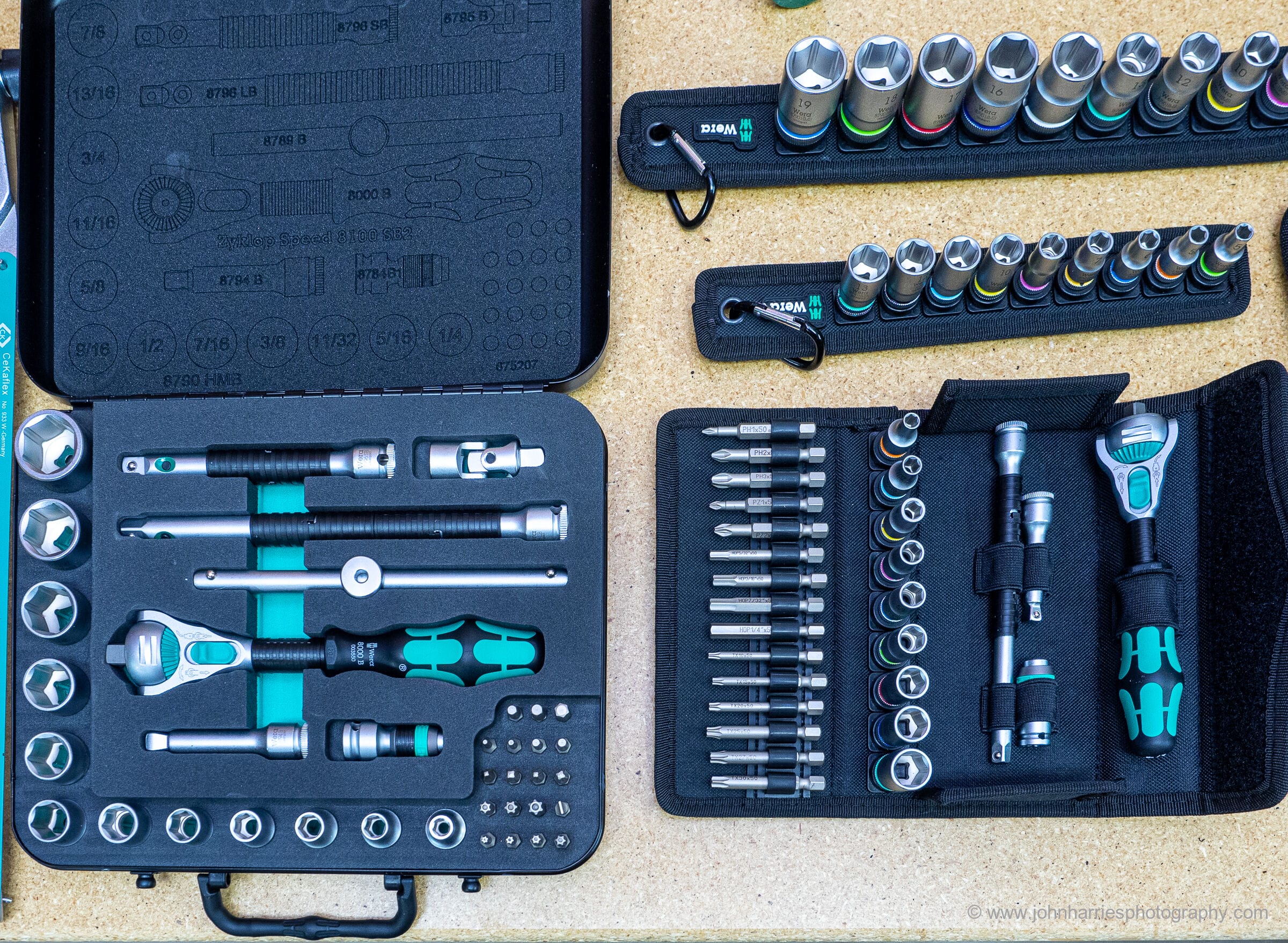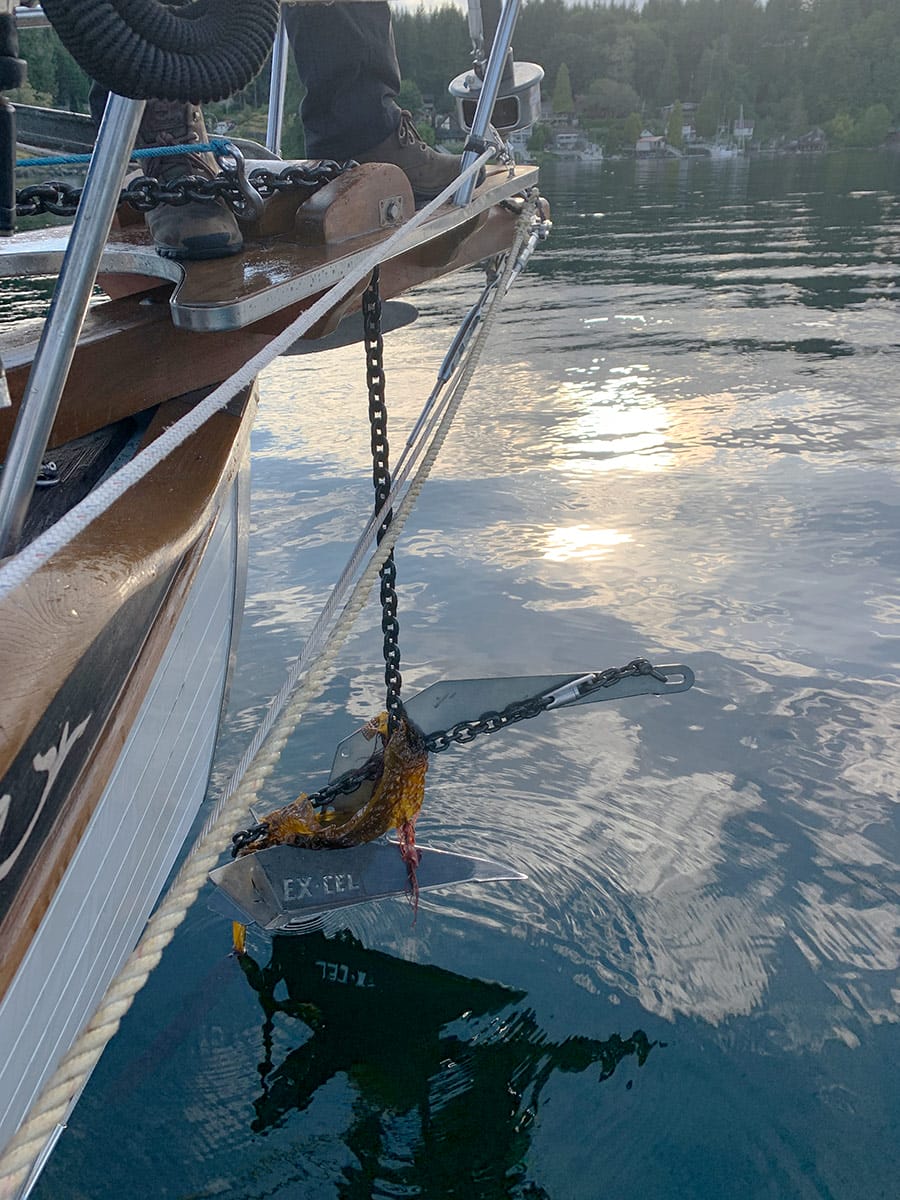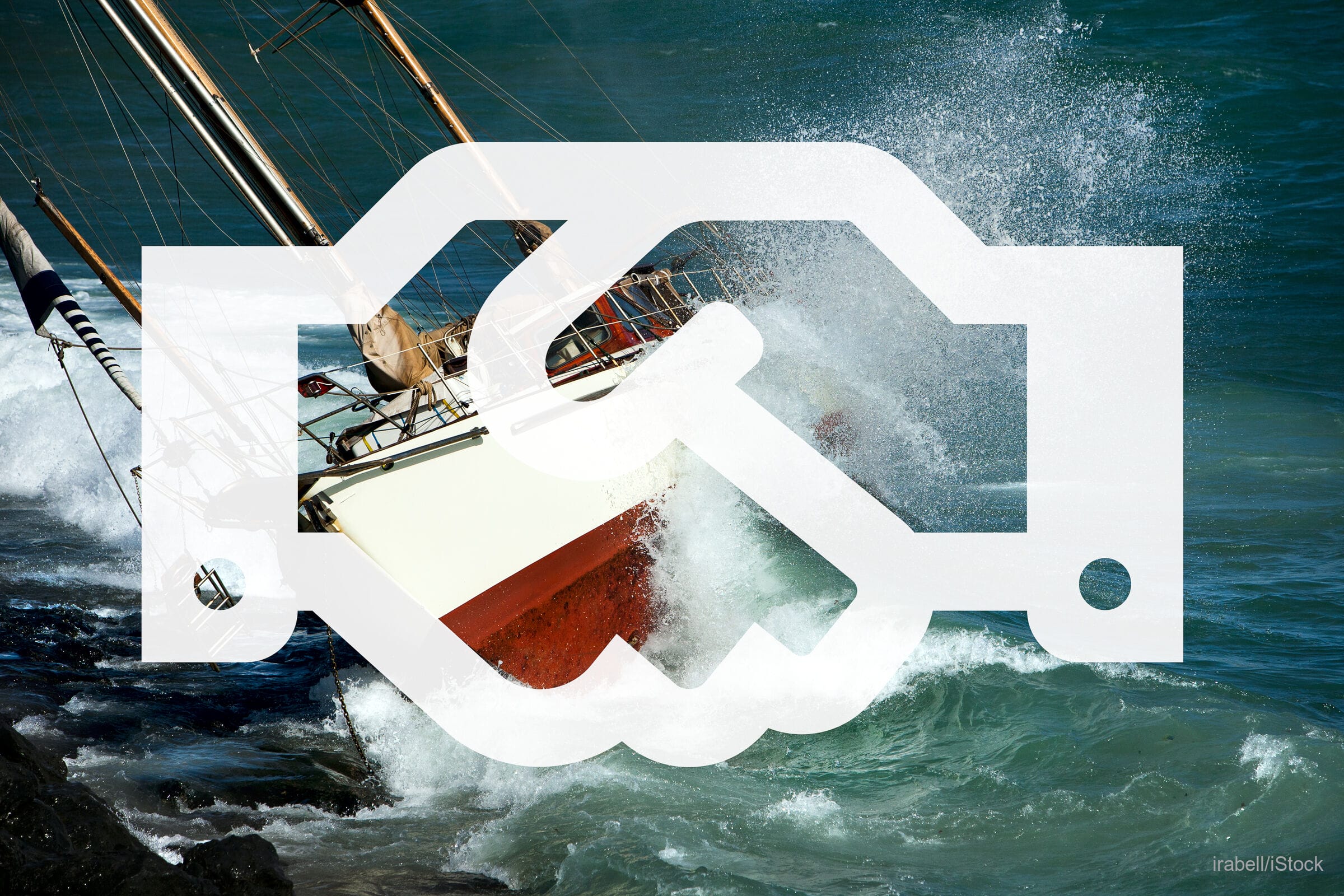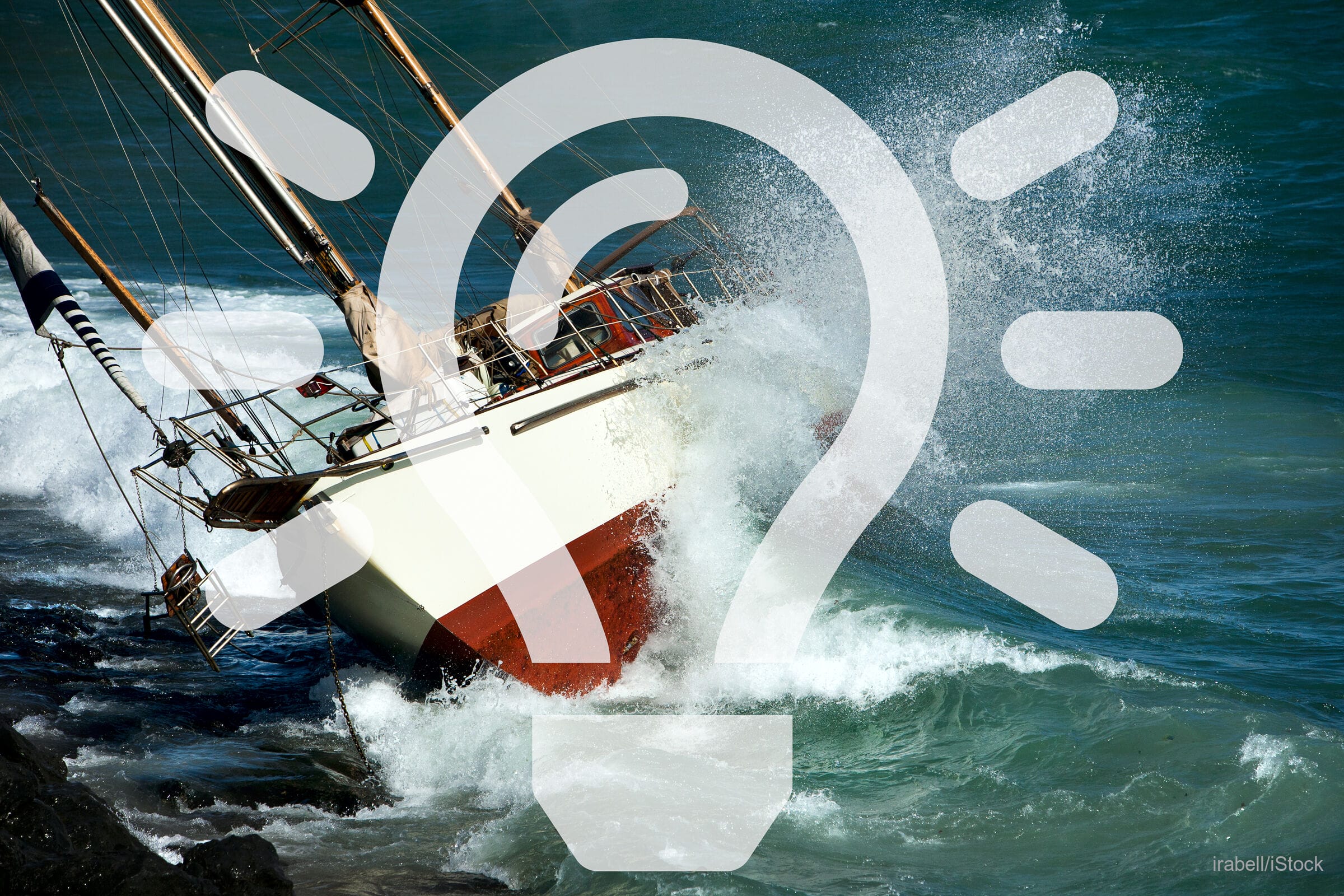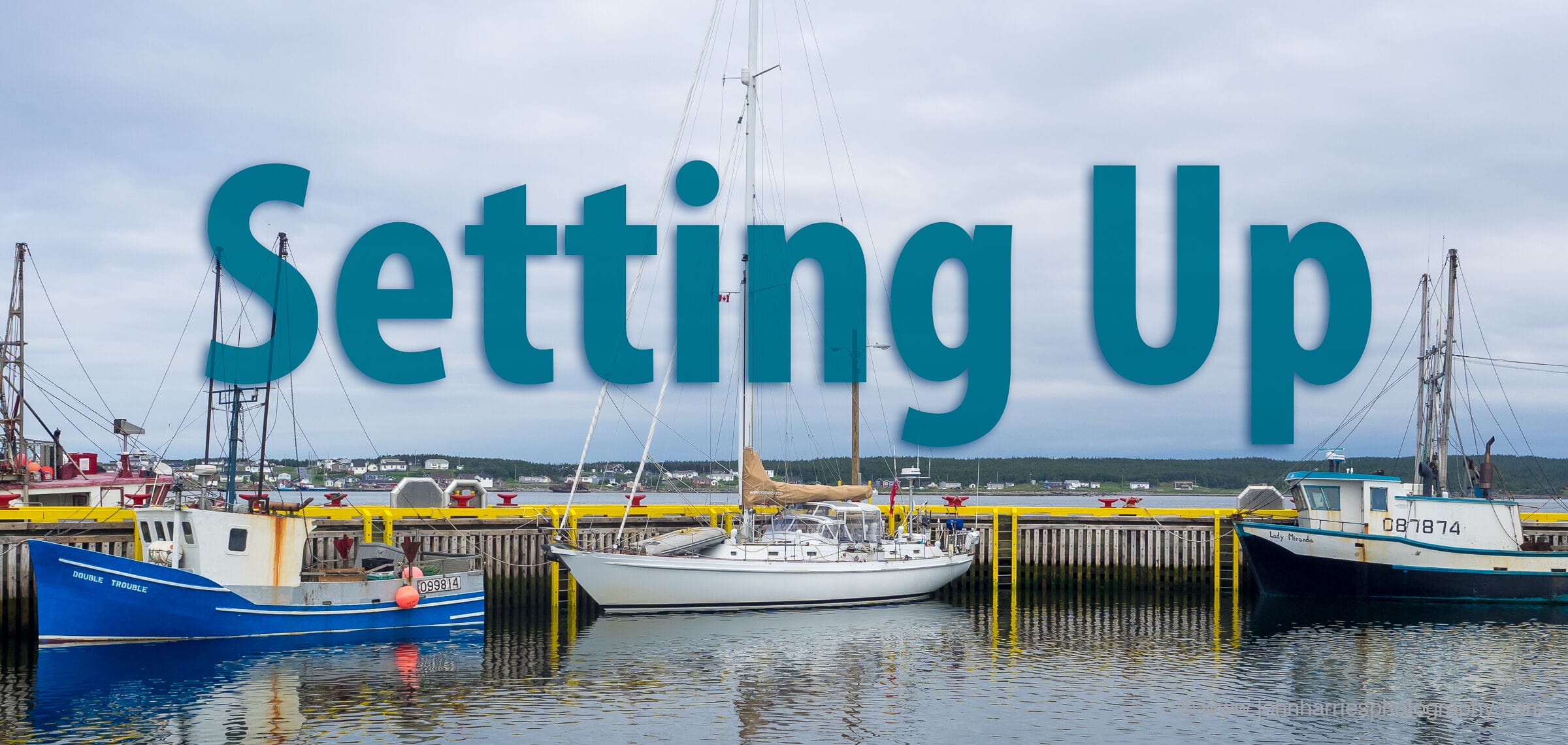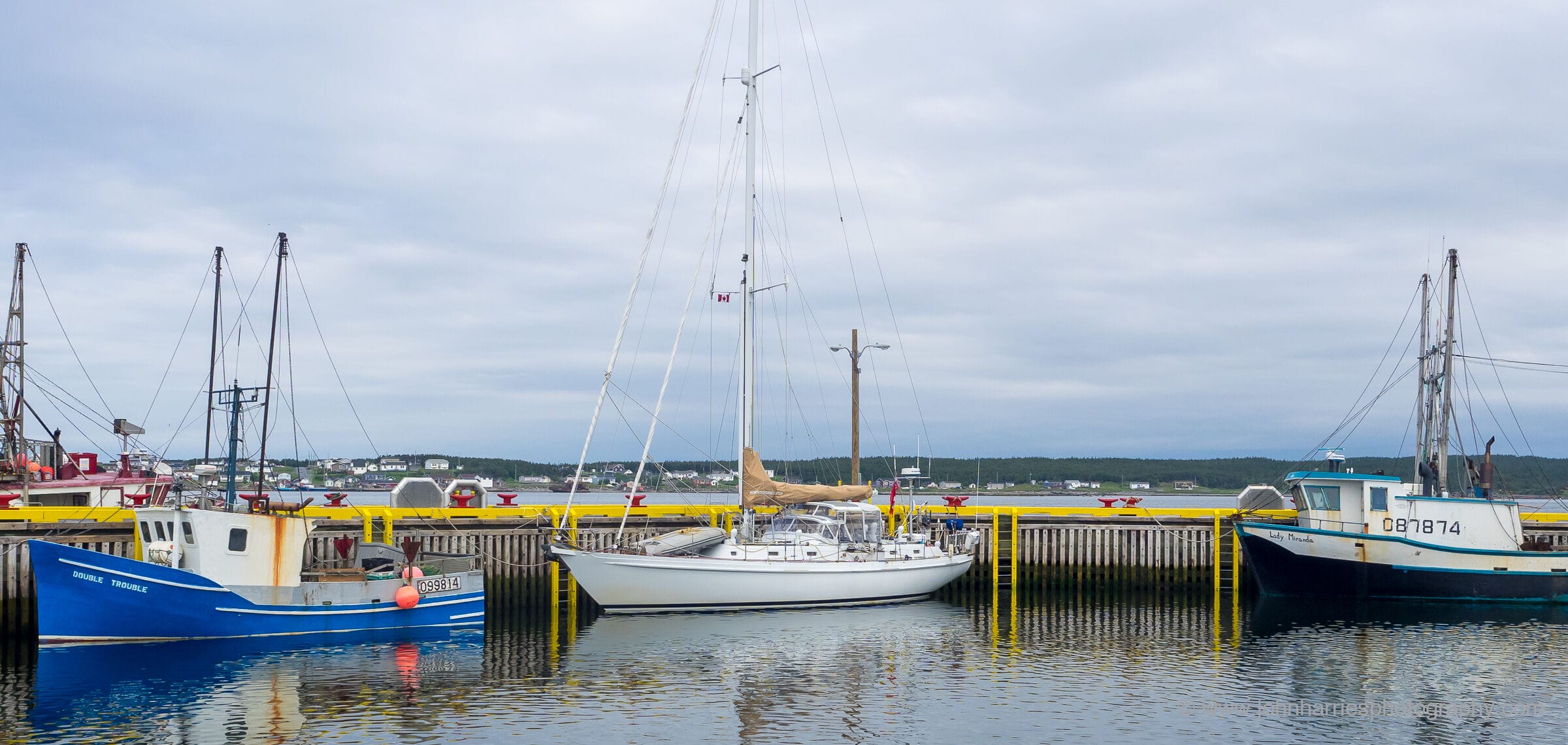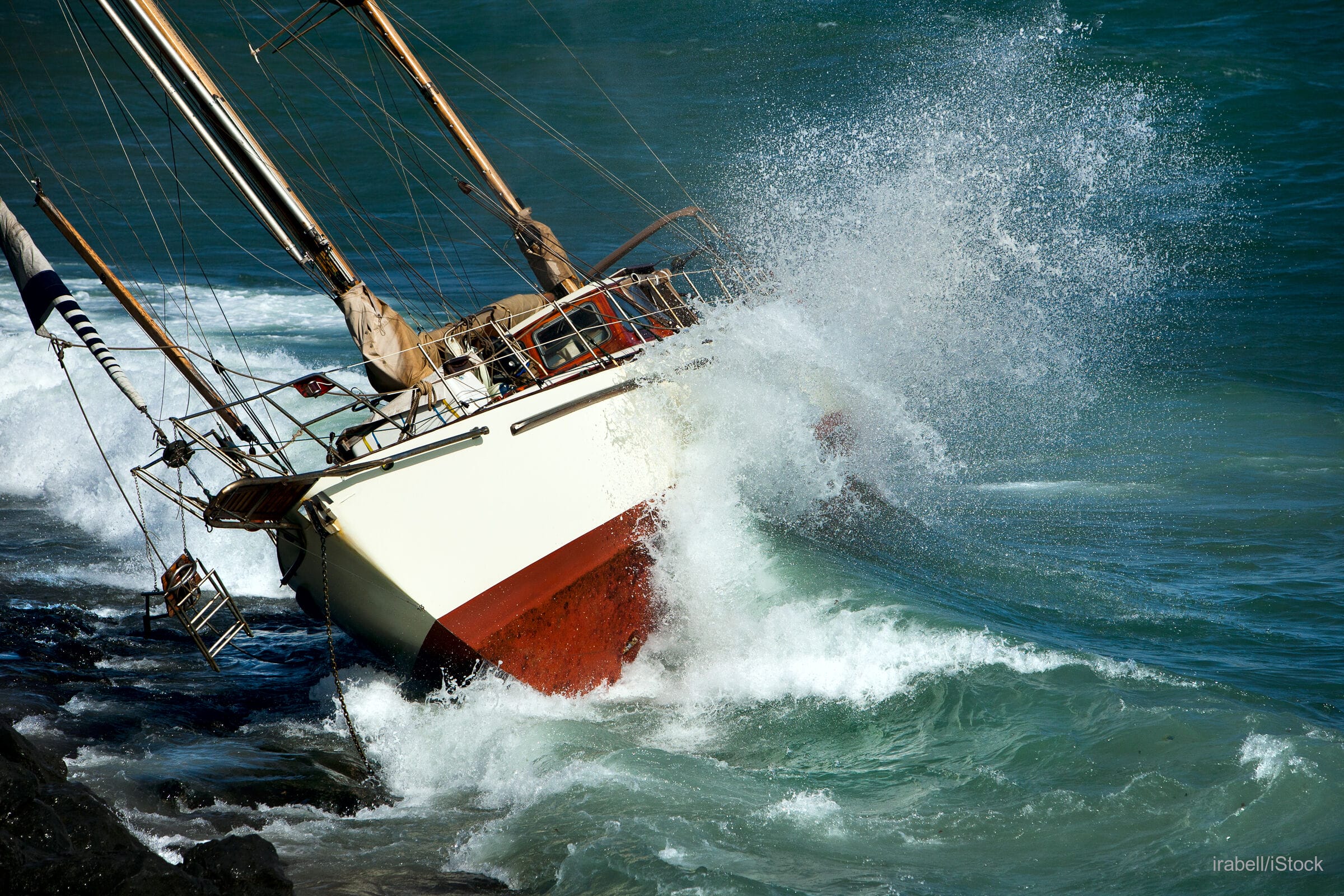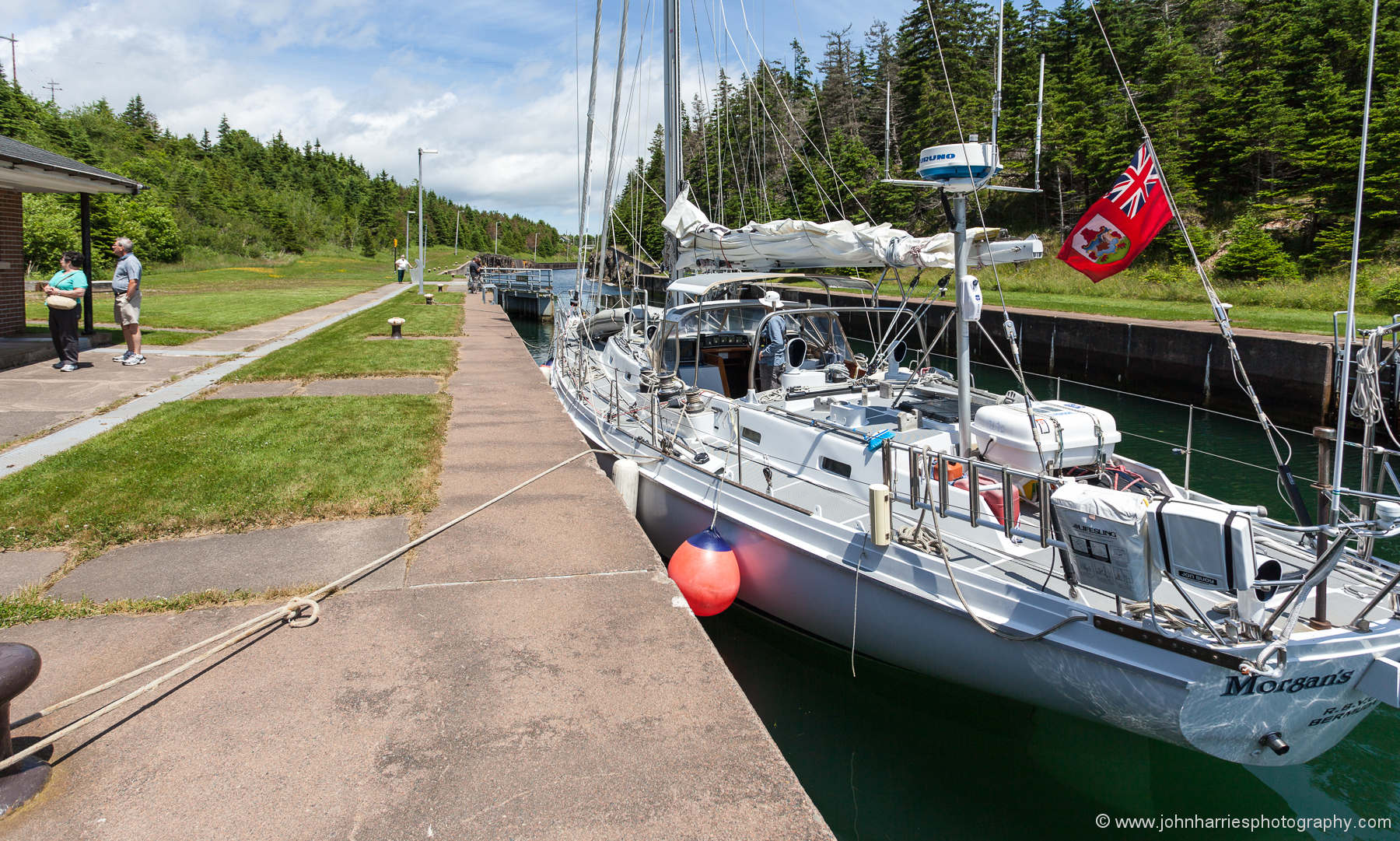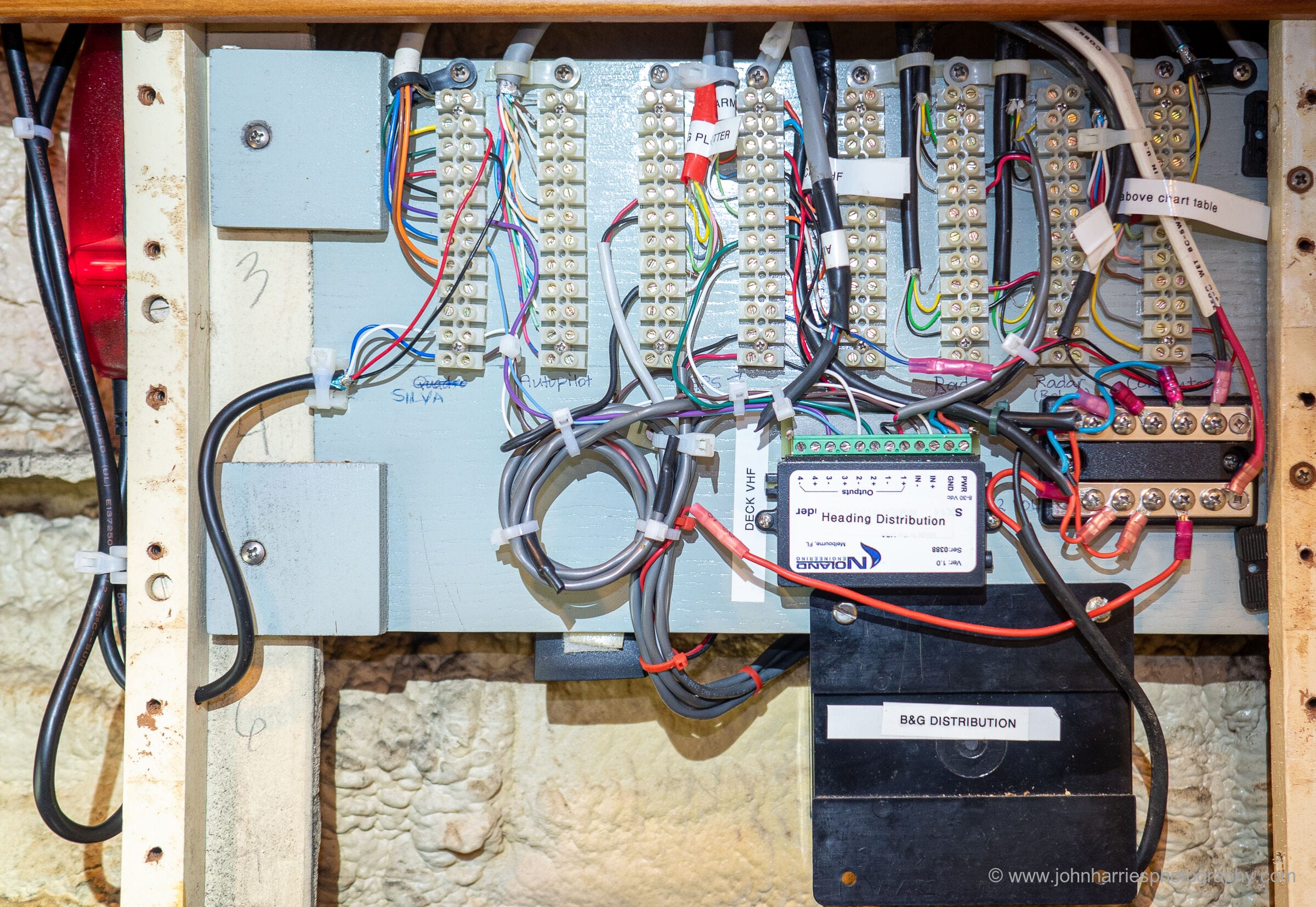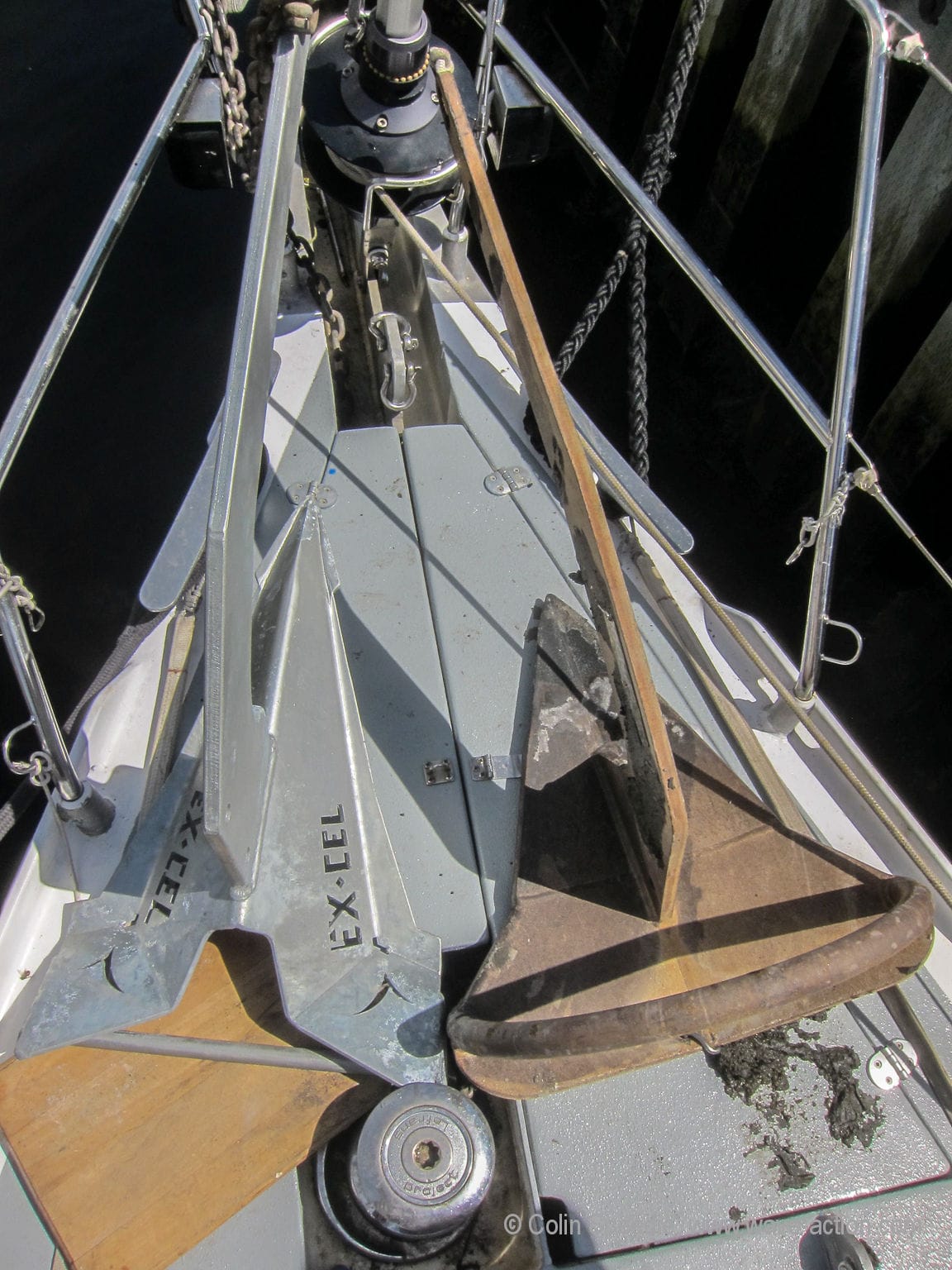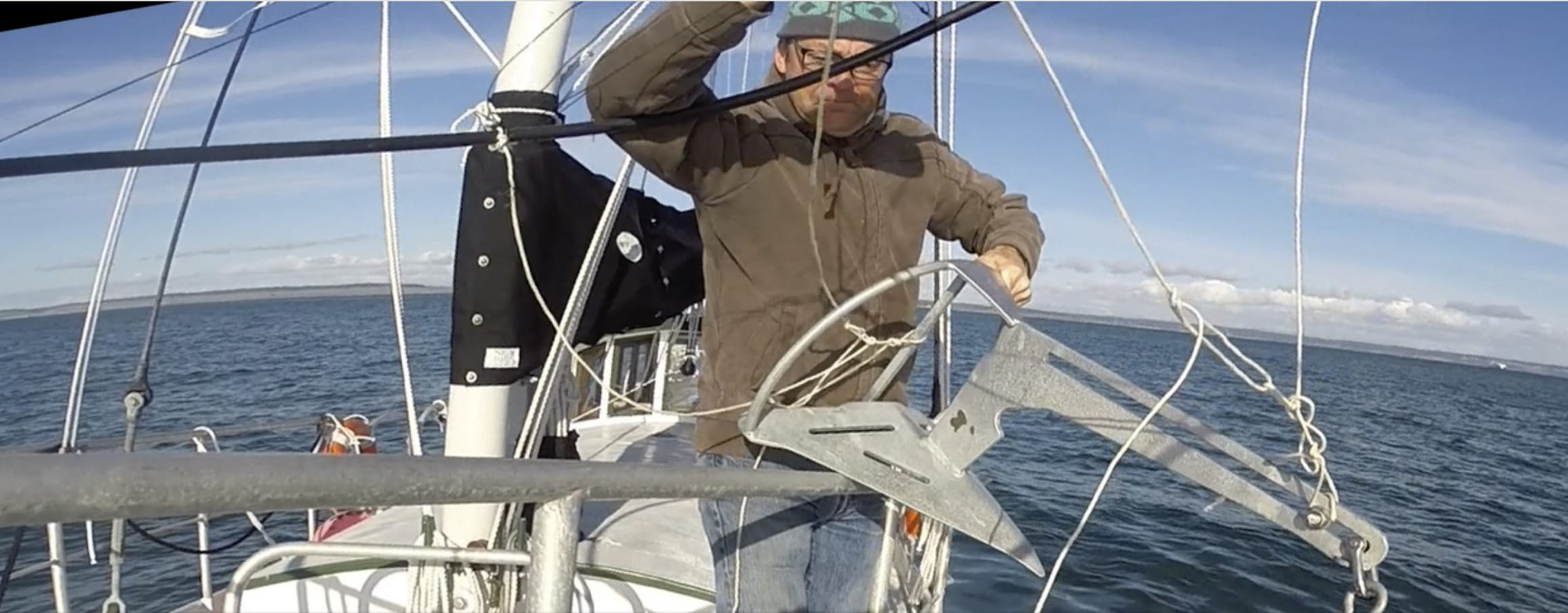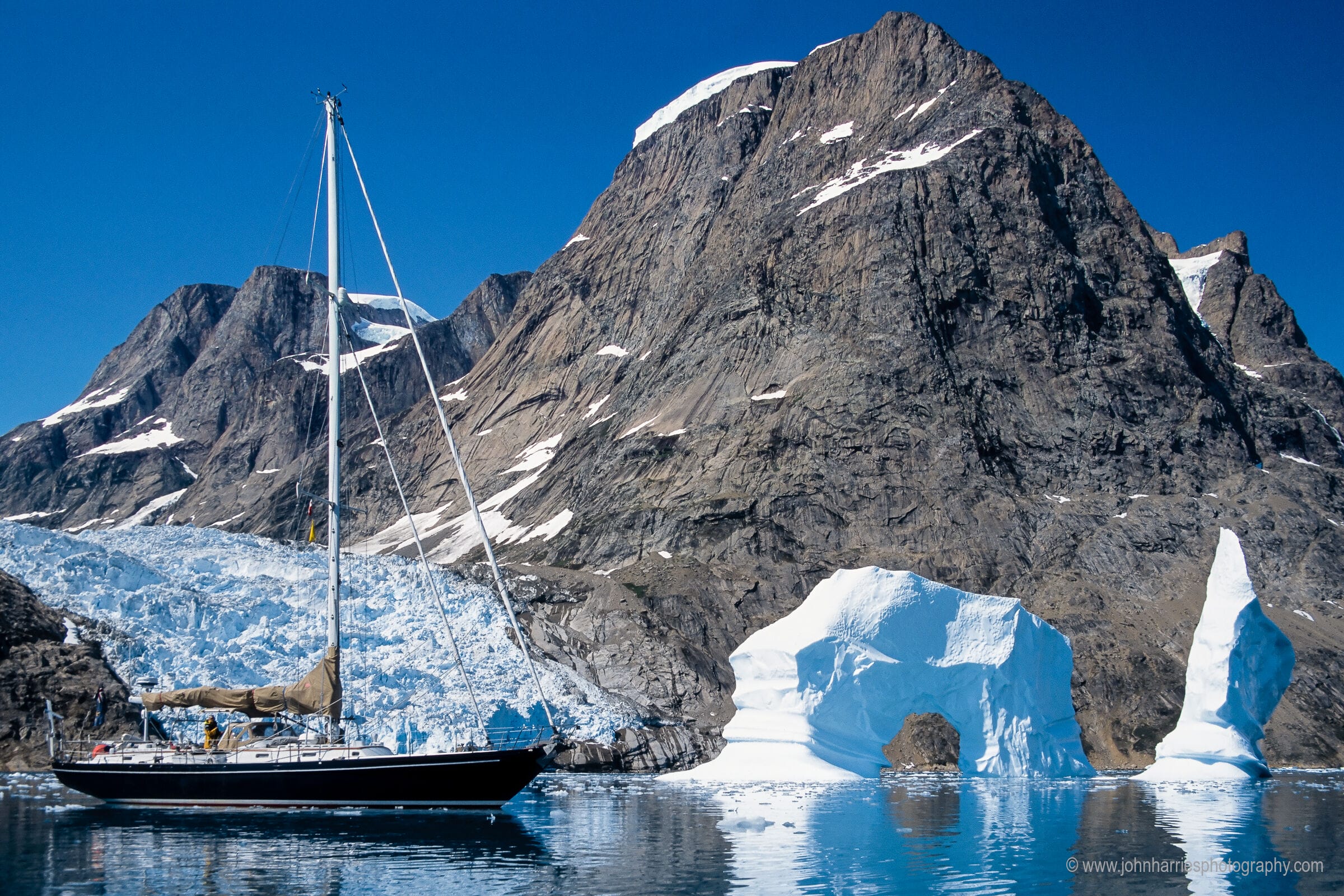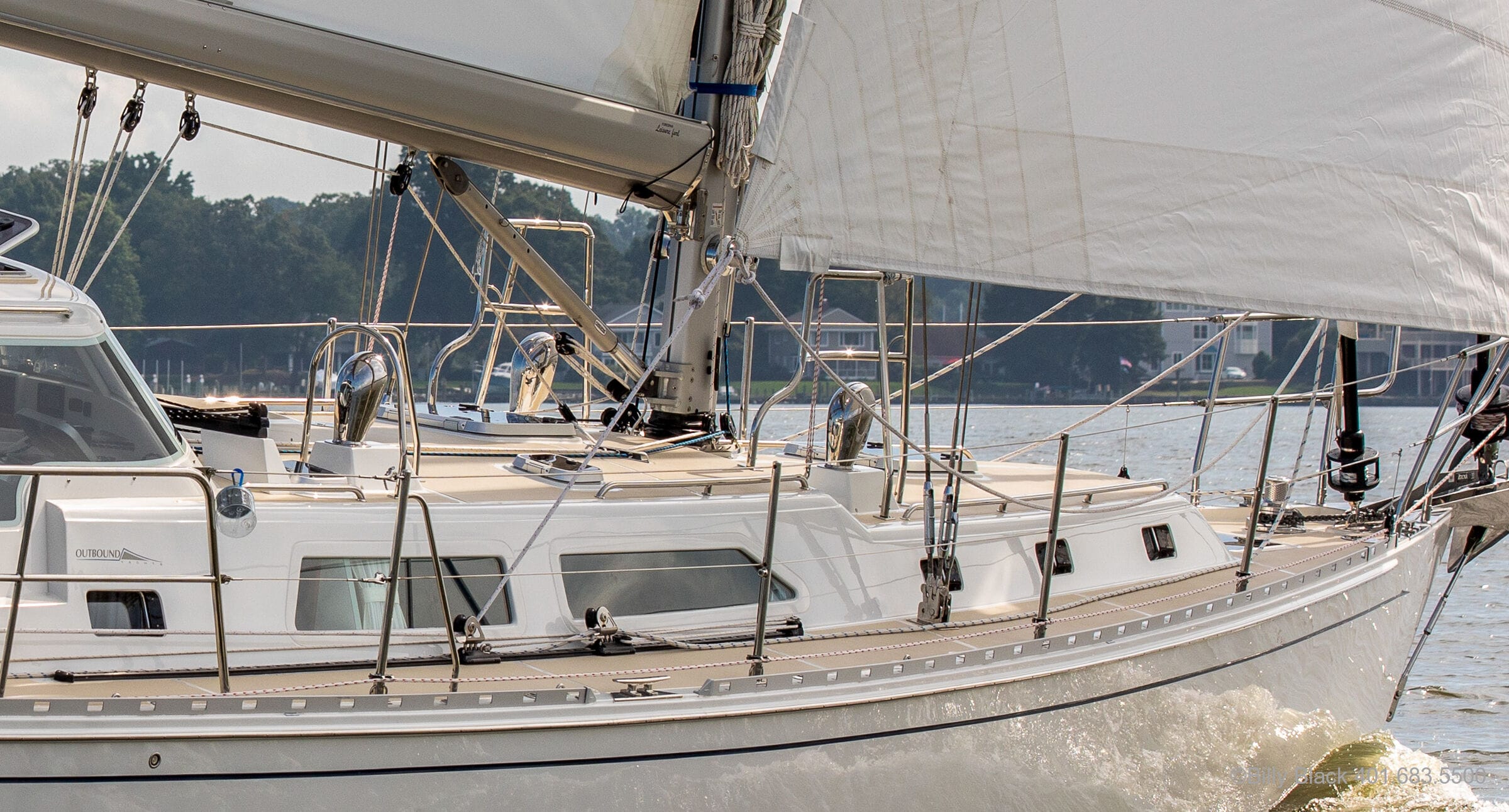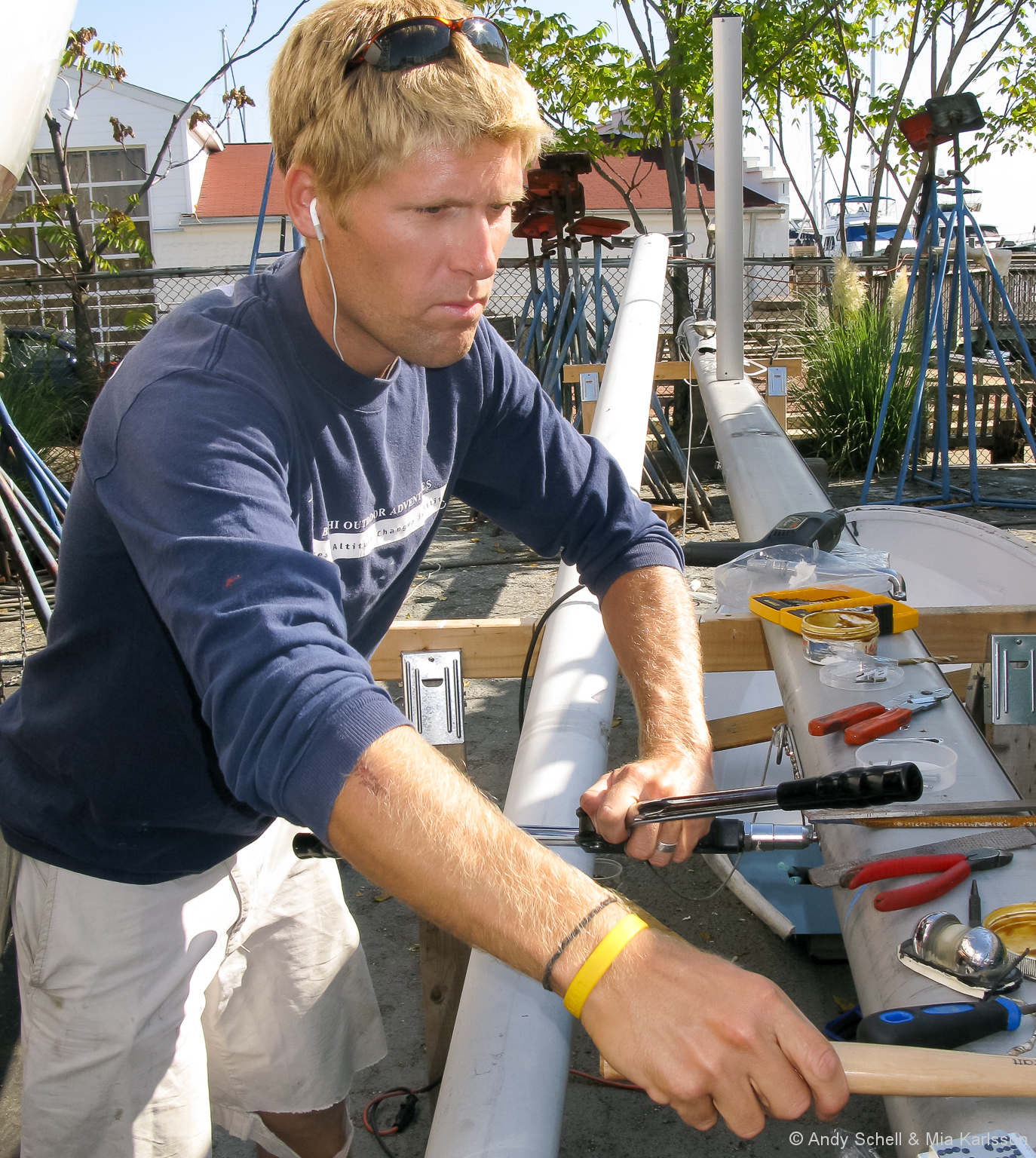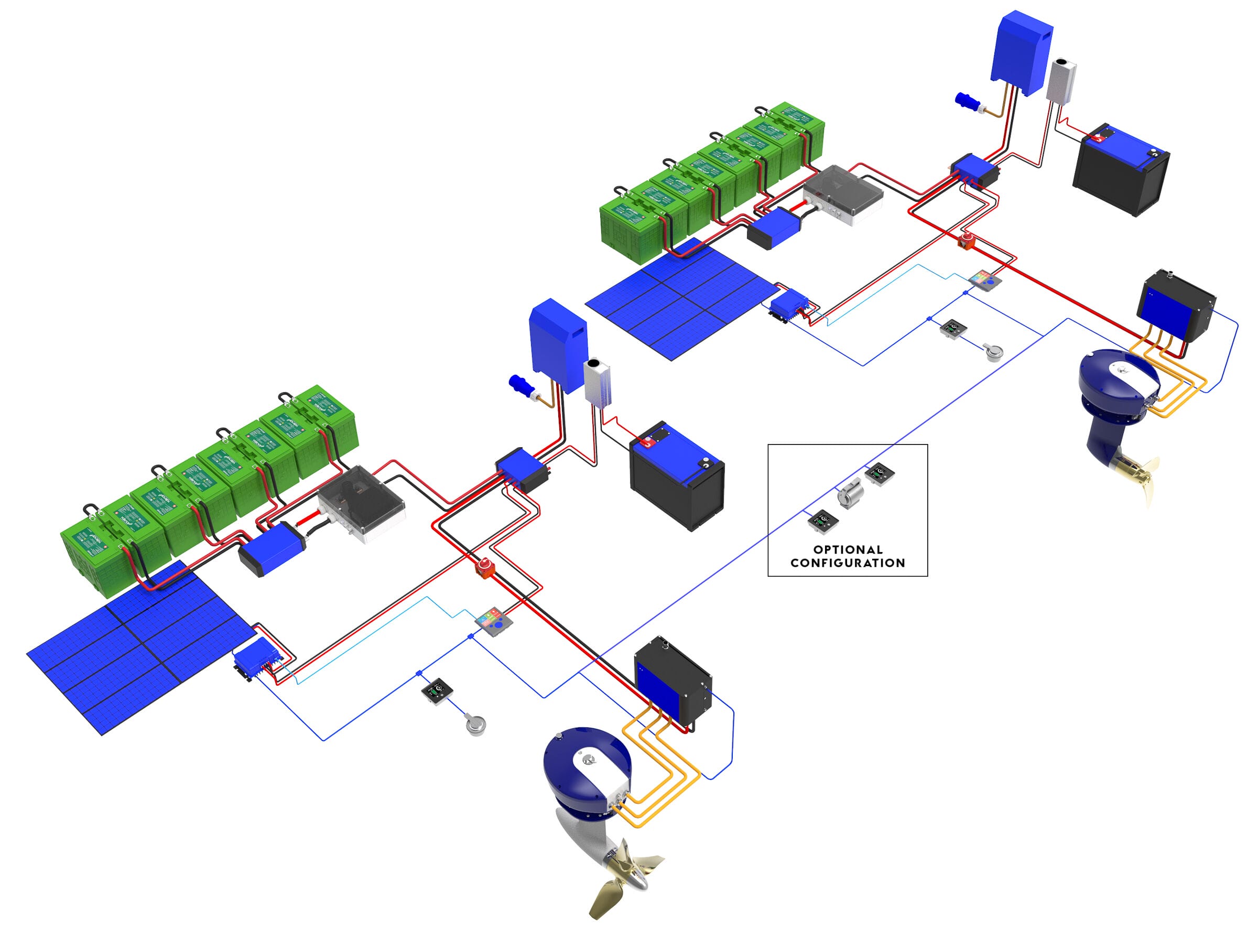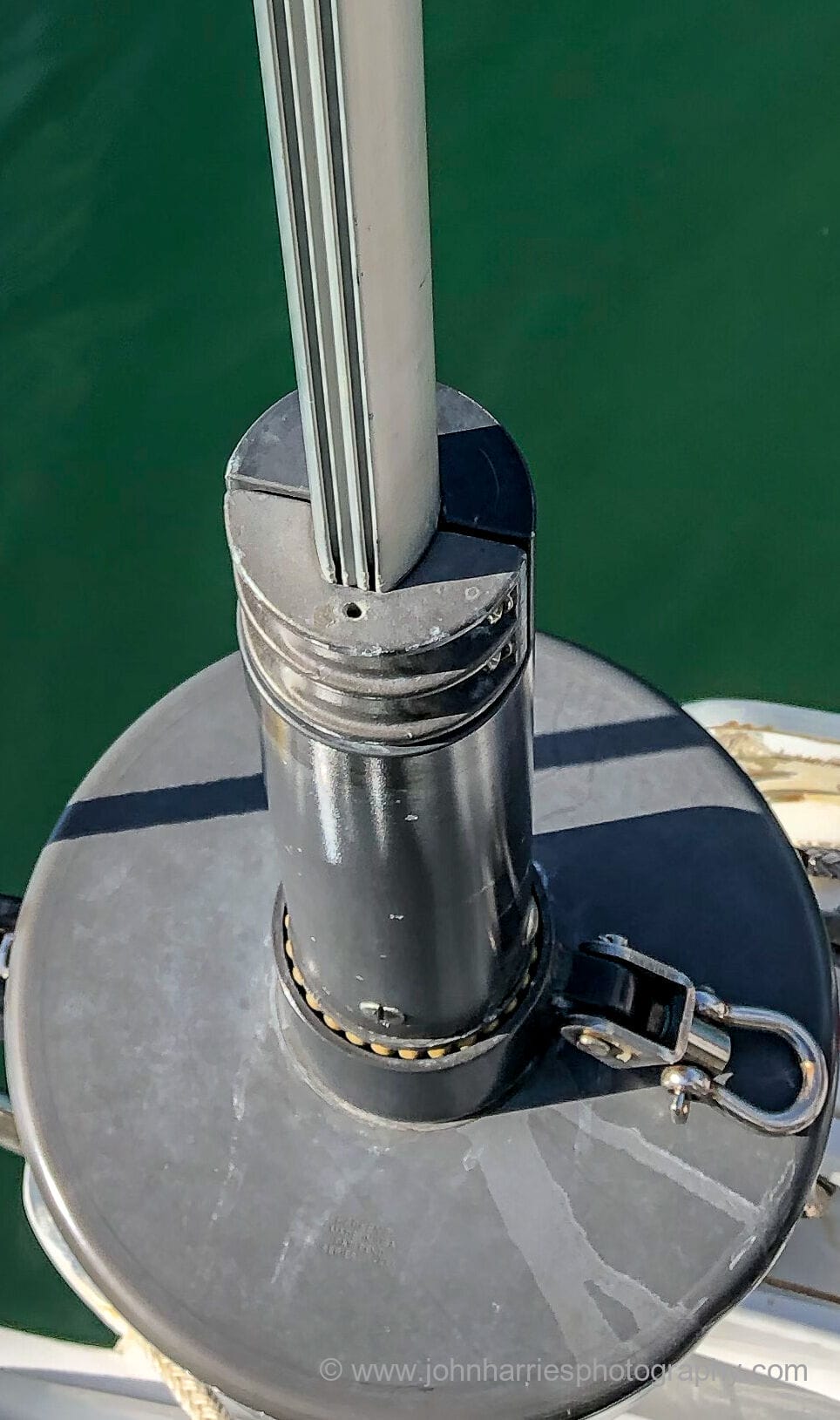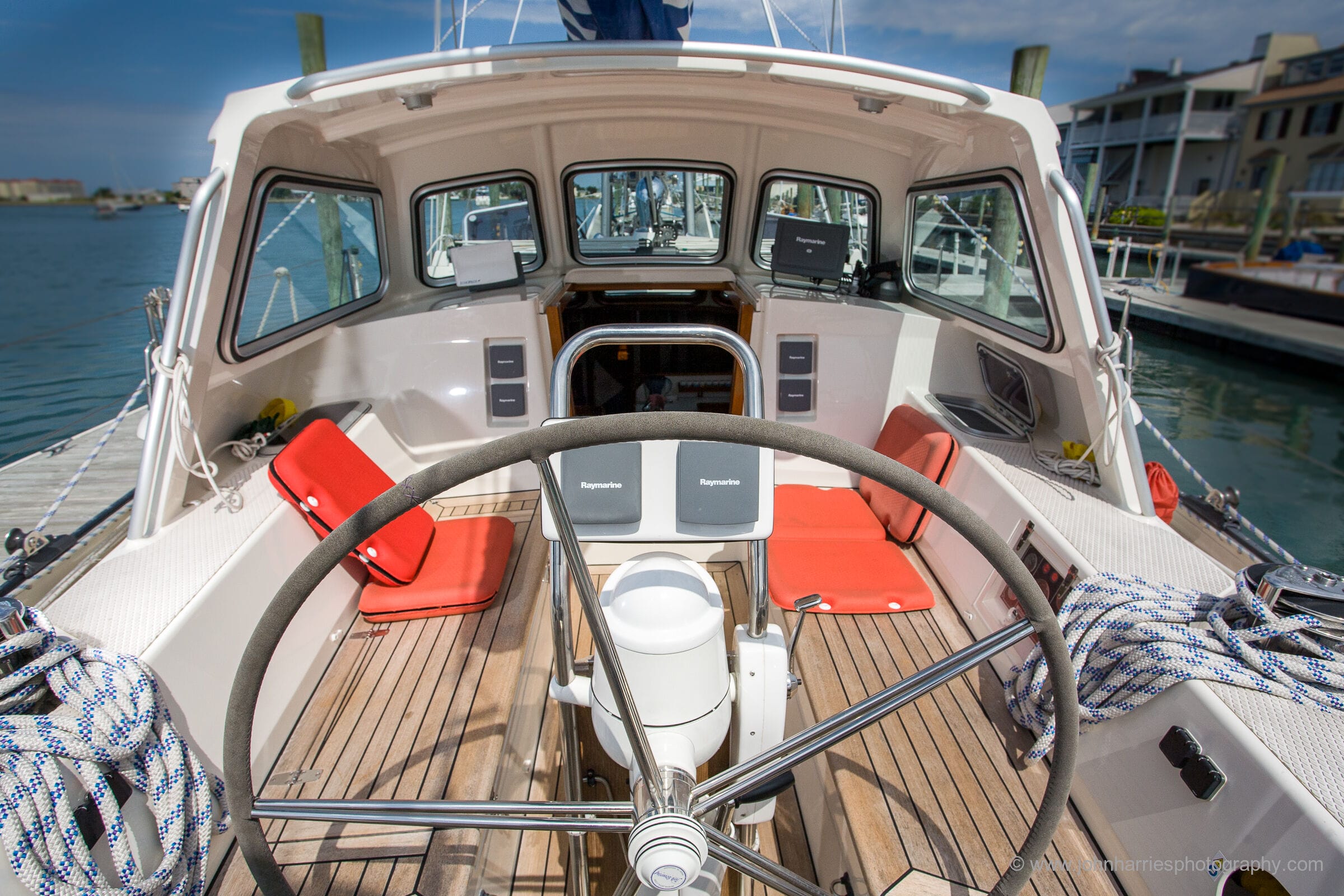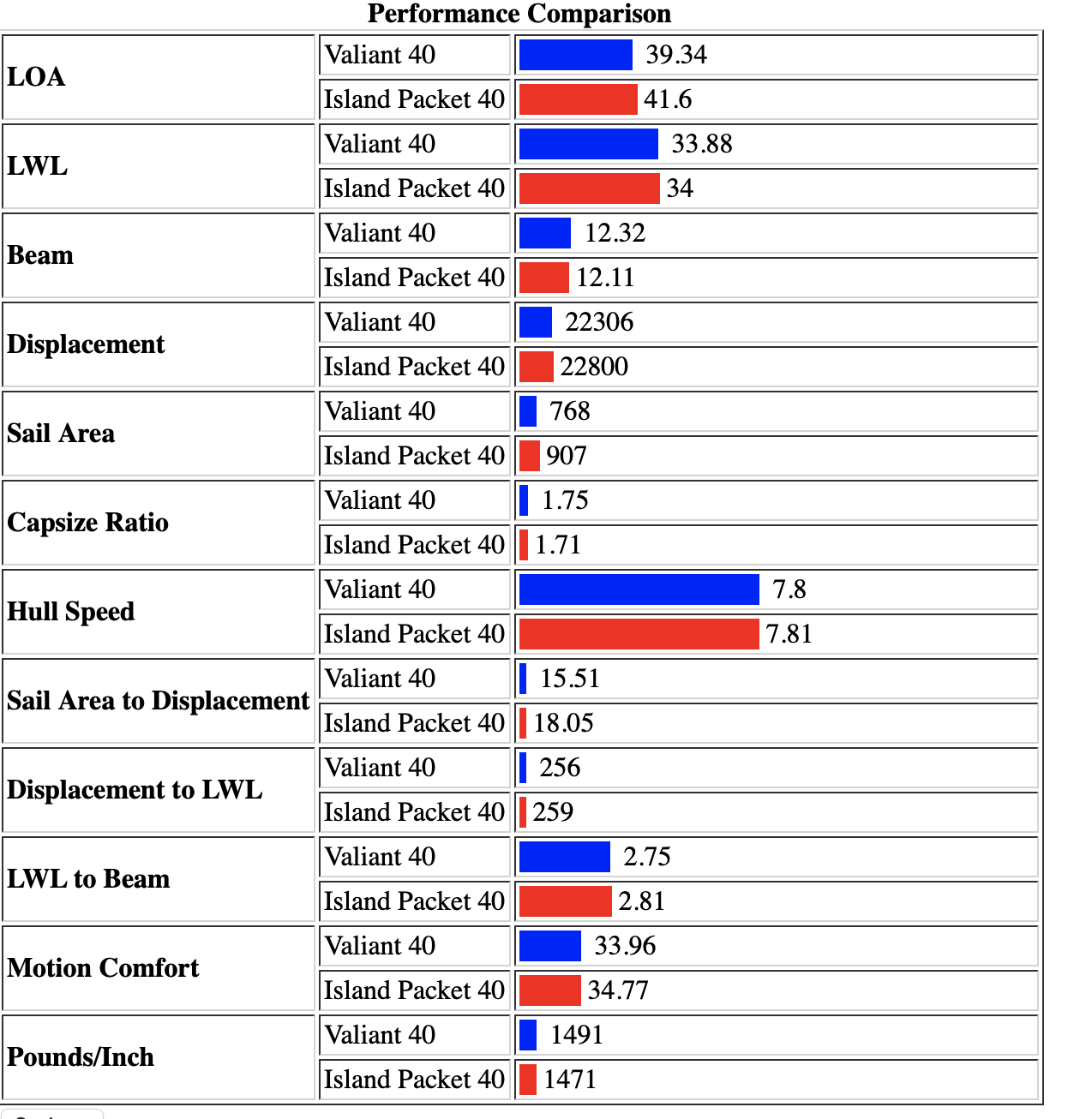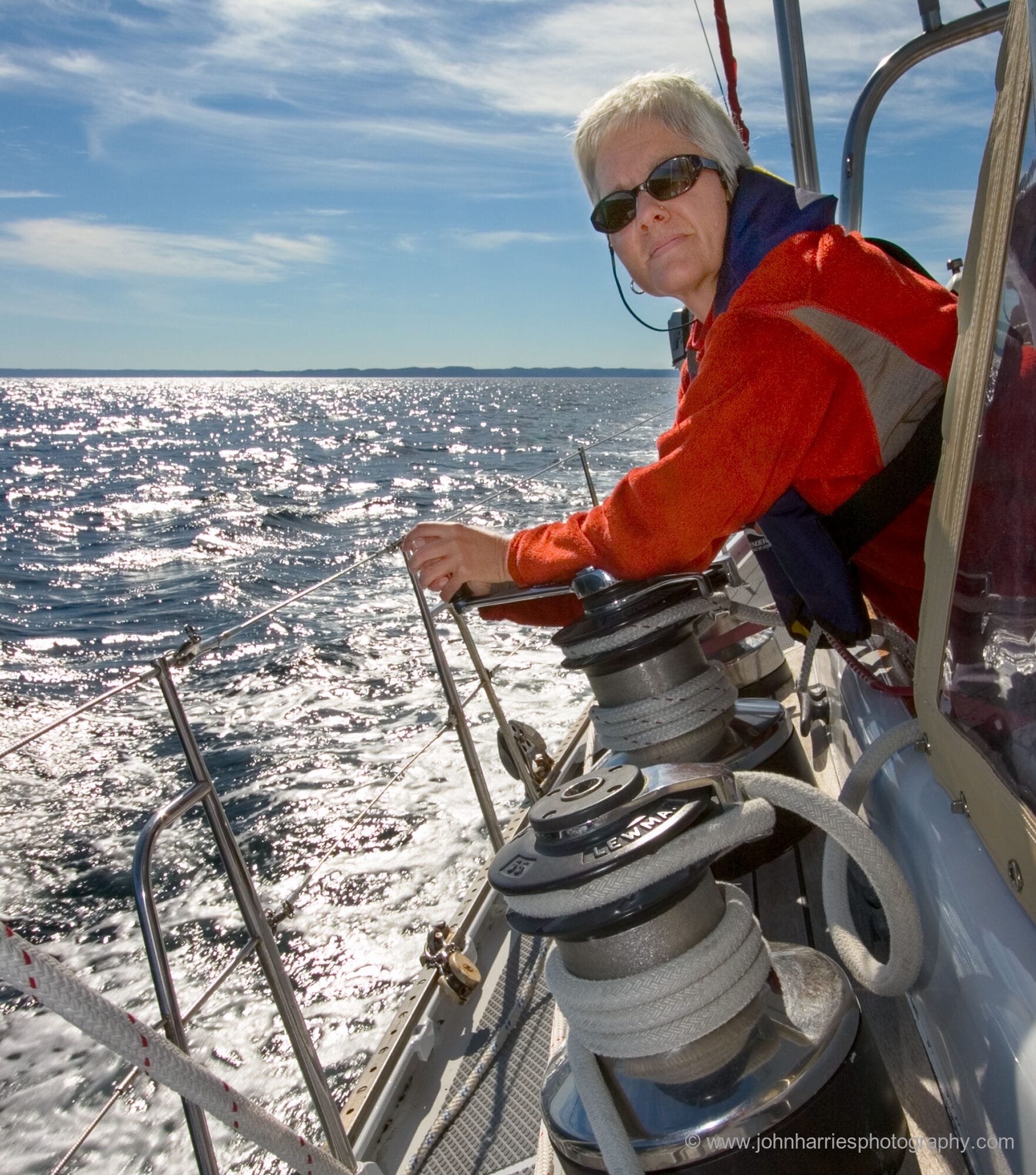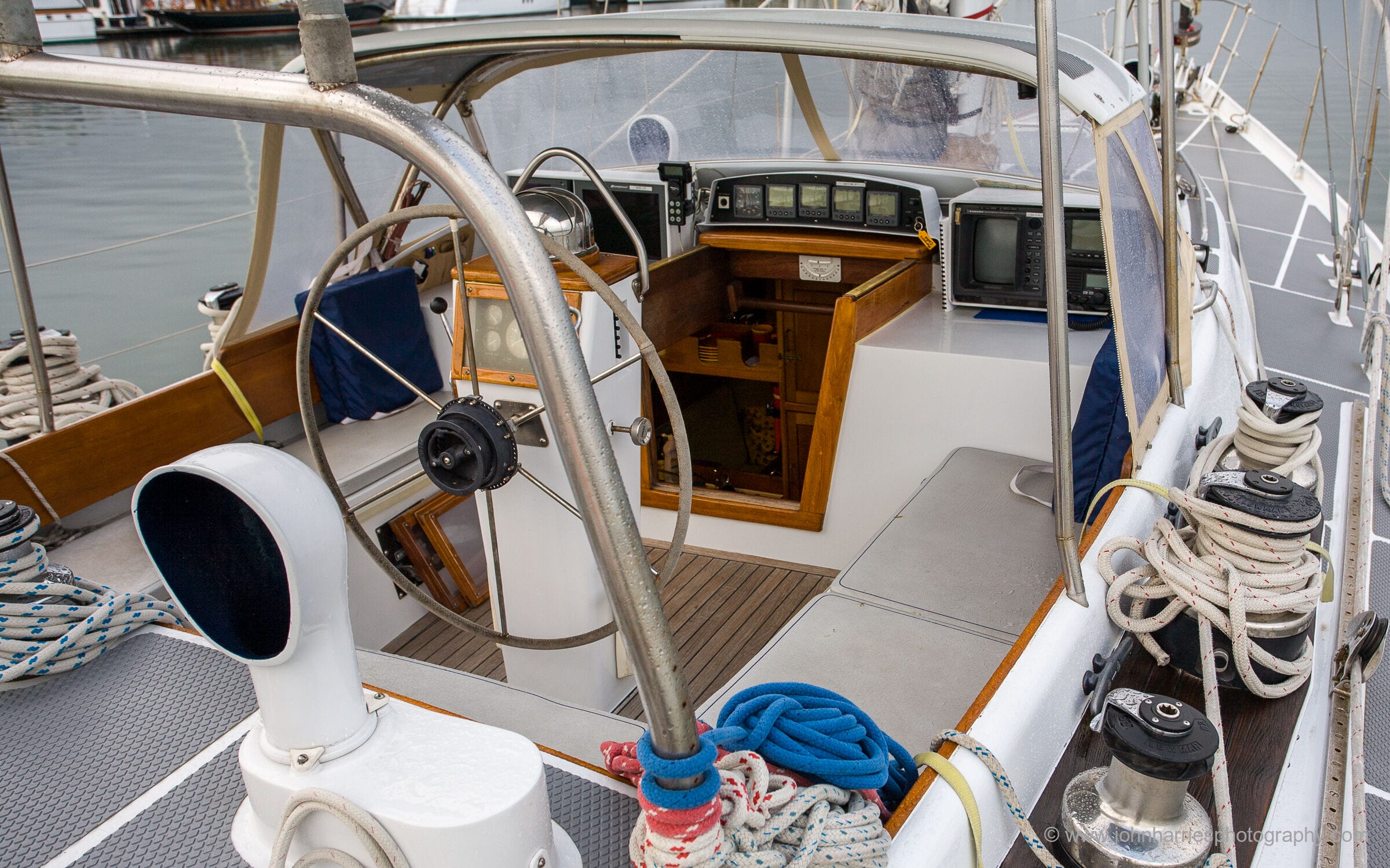-
Cruiser’s Tool Kit—Wrenches
56 CommentsReading Time: 9 minutesMembersRead more: Cruiser’s Tool Kit—WrenchesIt’s impossible to maintain an offshore voyaging boat without a good set of wrenches (spanners) and sockets. Here are the tools we chose and why.
-
Things I Learned From Three Anchoring Reports
79 CommentsReading Time: 10 minutesFreeRead more: Things I Learned From Three Anchoring ReportsWe can learn a lot from field reports, as long as we select the right ones to learn from and keep an open mind.
-
29 Tips To Get Insurance For Offshore Voyaging—Negotiating Cover
26 CommentsReading Time: 9 minutesMembersRead more: 29 Tips To Get Insurance For Offshore Voyaging—Negotiating CoverI Part 1 we looked at eleven ways to make ourselves and our boats more attractive insurance risks. Now let’s look at the tough job of negotiating the best deal
-
29 Tips To Get Insurance For Offshore Voyaging—Us and Our Boat
27 CommentsReading Time: 9 minutesMembersRead more: 29 Tips To Get Insurance For Offshore Voyaging—Us and Our BoatIt’s becoming increasingly difficult to get insurance for ocean passage making, but these tips will help.
-
Cruiser’s Power Tool Kit
114 CommentsReading Time: 9 minutesMembersRead more: Cruiser’s Power Tool KitJohn uses some 30 years of offshore voyaging experience to come up with a recommended kit of hand-held power tools.
-
Leaving a Dock Against an Onshore Wind—Part 2
49 CommentsReading Time: 10 minutesMembersRead more: Leaving a Dock Against an Onshore Wind—Part 2The biggest contributor to getting off a dock against a strong wind or current in good order is how we rig up the lines and fenders.
-
Leaving a Dock Against an Onshore Wind—Part 1
47 CommentsReading Time: 9 minutesMembersRead more: Leaving a Dock Against an Onshore Wind—Part 1The first decision we need to make when leaving a dock is whether to go out in reverse or forward. Here’s how to choose.
-
Getting Insurance For Offshore Voyaging—Understanding The Problem
91 CommentsReading Time: 11 minutesMembersRead more: Getting Insurance For Offshore Voyaging—Understanding The ProblemGetting Insurance for offshore passages is one of the biggest challenges facing many cruisers. The first step to success is understanding the problem.
-
14 Tips To Come Alongside Single-Handed—Part 2
28 CommentsReading Time: 7 minutesMembersRead more: 14 Tips To Come Alongside Single-Handed—Part 2In Part 1, I covered seven tips to get set up for coming alongside single-handed. Now let’s look at the tricky part: actually getting alongside alone.
-
14 Tips for Coming Alongside Single-handed—Part 1
61 CommentsReading Time: 7 minutesMembersRead more: 14 Tips for Coming Alongside Single-handed—Part 1Bringing a sail or motorboat alongside (docking) by ourselves can be difficult, but good preparation will make it much easier.
-
Integrating and Documenting NMEA 0183 and 2000 Networks
23 CommentsReading Time: 8 minutesMembersRead more: Integrating and Documenting NMEA 0183 and 2000 NetworksTo be reliable, marine electronics networks must be properly documented. Here’s a quick and easy way to do that.
-
Two More Anchor Selection Criteria
32 CommentsReading Time: 6 minutesMembersRead more: Two More Anchor Selection CriteriaJohn forgot two important anchor selection criteria in the last article, so this one fixes that.
-
Support Steve at SV Panope
30 CommentsReading Time: 2 minutesFreeRead more: Support Steve at SV PanopeLet’s support a guy who is making a real difference.
-
Goodbye “Morgan’s Cloud”, What a Ride
63 CommentsReading Time: 3 minutesFreeRead more: Goodbye “Morgan’s Cloud”, What a RideThe sale of our beloved “Morgan’s Cloud”, a custom aluminum McCurdy and Rhodes expedition sailboat, closed yesterday.
-
Making Anchor Tests More Meaningful
125 CommentsReading Time: 10 minutesMembersRead more: Making Anchor Tests More MeaningfulJohn starts with testing from “SV Panope”, adds a large dollop of experience, and comes up with his own best anchor table as well as demonstrating how you can do the same.
-
Choosing A Cruising Boat—Shade and Ventilation
18 CommentsReading Time: 12 minutesMembersRead more: Choosing A Cruising Boat—Shade and VentilationA cruising boat without adequate shade and ventilation can make life a living hell once we head for the palm trees. Here’s how to choose a cruising boat that will be comfortable in hot places.
-
Refits, What You Need to Know
17 CommentsReading Time: 2 minutesFreeRead more: Refits, What You Need to KnowNew boats are horribly expensive, so most of us will be faced with refitting an older boat to get out there. We have recently reorganized all of our many articles on how to do just that.
-
When Electric Drive Works For a Cruising Sailboat
148 CommentsReading Time: 11 minutesMembersRead more: When Electric Drive Works For a Cruising SailboatLessons we can learn from Jimmy Cornell’s Elcano Challenge when considering electric drive for a cruising sailboat.
-
Roller Furling Headsail Risks and Rewards
45 CommentsReading Time: 6 minutesMembersRead more: Roller Furling Headsail Risks and RewardsAn interesting question from a member gets John thinking about how to handle headsail roller furling failures, and risk versus reward on a general basis.
-
Choosing a Cruising Boat—Shelter
30 CommentsReading Time: 11 minutesMembersRead more: Choosing a Cruising Boat—ShelterJohn takes a deep dive into the tradeoffs between open cockpits, dodgers, enclosures, raised salons and wheelhouses on offshore boats.
-
Q&A—Sailboat Performance, When The Numbers Fail
18 CommentsReading Time: 3 minutesMembersRead more: Q&A—Sailboat Performance, When The Numbers FailA member asks an interesting question about why a boat that appears slower from the numbers is actually faster.
-
Offshore Sailboat Winches, Selection and Positioning
57 CommentsReading Time: 10 minutesMembersRead more: Offshore Sailboat Winches, Selection and PositioningThese days the offshore sailing community seems to be fixated on rig automation, but a well-specified and installed set of winches will contribute far more to a successful passage than all that expensive failure-prone stuff.
-
Best Offshore Boat Cockpit Cushions
40 CommentsReading Time: 4 minutesMembersRead more: Best Offshore Boat Cockpit CushionsGood cockpit cushions are a lot more important on an offshore boat than you might think.
-
Buying a Boat—A Different Way To Think About Price
81 CommentsReading Time: 5 minutesMembersRead more: Buying a Boat—A Different Way To Think About PricePhyllis and I have been thinking and talking a lot about which boat we will buy after Morgan’s Cloud sells. And a big part of that has been setting a specification and budget, but in a different way.
-
Safety: We Can’t Do Or Even Learn About It All
37 CommentsReading Time: 6 minutesMembersRead more: Safety: We Can’t Do Or Even Learn About It AllThese days it seems like hardly a month goes by without the announcement of a new and/or improved safety device, aggressively marketed as the latest thing that we all must buy, to the point that it’s getting impossible to keep up. Here is how John decides which of these new technologies to put energy into understanding and which to ignore.

